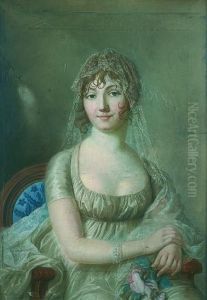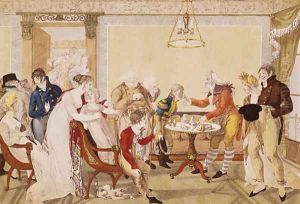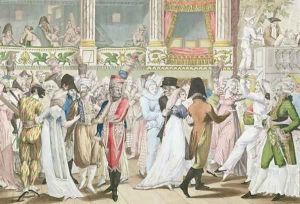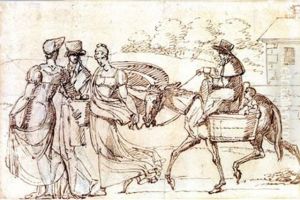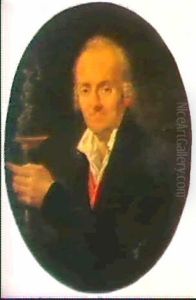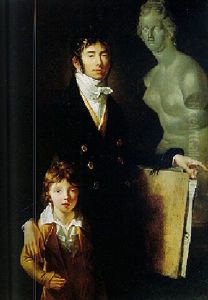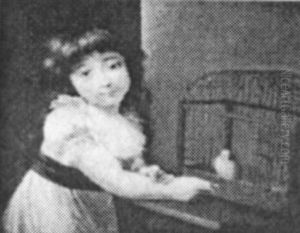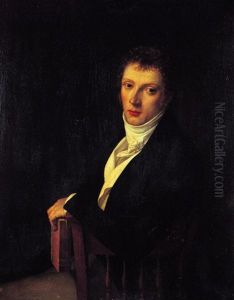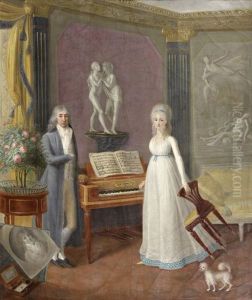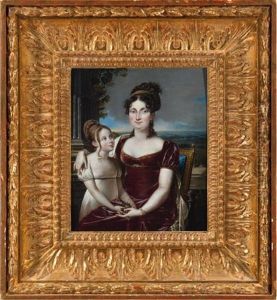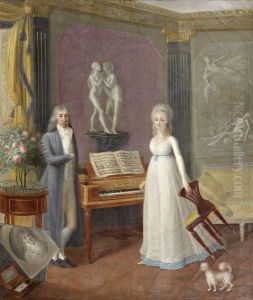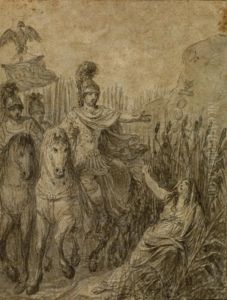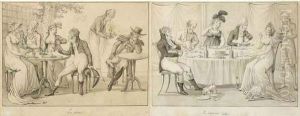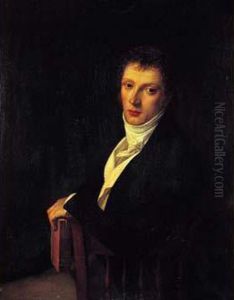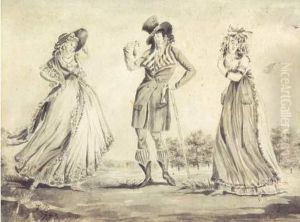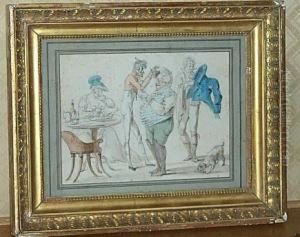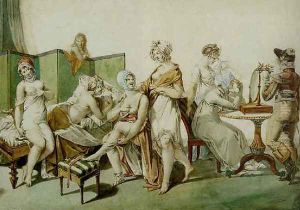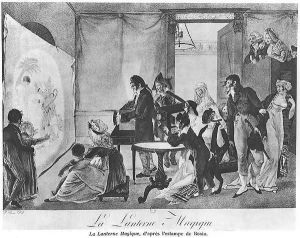Jean Francois Bosio Paintings
Jean François Bosio, born on March 19, 1764, in Monaco, was a notable French sculptor whose works are associated with the Neoclassical style. He was recognized for his ability in sculpting marble and his career flourished during a turbulent time in French history, spanning the late 18th and early 19th centuries, a period that included the French Revolution, the Napoleonic era, and the Restoration period.
Bosio was initially trained by his uncle, a sculptor named Michel-François Bosio. His talent soon became apparent, and he was admitted to the Académie Royale de Peinture et de Sculpture in Paris. There, he was a pupil of renowned artists like Augustin Pajou and Jean Guillaume Moitte. Bosio won the coveted Prix de Rome in 1788, which allowed him to study at the French Academy in Rome, a breeding ground for artistic talent.
During his years in Rome, Bosio was deeply influenced by the art of antiquity and the Renaissance. After returning to France, he managed to navigate the complex political landscape of the time, receiving commissions from various governments and rulers, including Napoleon Bonaparte. Among his notable works from this period is the statue of Hercules fighting Achelous transformed into a snake, now at the Louvre Museum.
Bosio's works are characterized by their classical grace and technical precision. He was adept at capturing the elegance of the human form, and his sculptures often reflected the ideals of the Neoclassical movement, with a focus on harmony, clarity, and strong lines. In 1816, Bosio was awarded the title of Baron by King Louis XVIII, and in 1828, a year after his death, he was posthumously awarded the Legion of Honor.
Jean François Bosio died on July 29, 1827, in Paris, leaving behind a legacy of artistic contributions that continued to be celebrated in France and beyond. His sculptures remain on display in many prominent museums, serving as a testament to his skill and the artistic movements that he helped shape during his lifetime.
